|
|
|
|
|
|
|
|

Figs. 5 and 6 from the original DIS paper (PDF) of February 23, 1966:


|
|
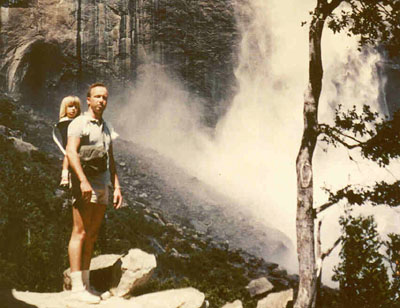
|
|
 |
|
|
|
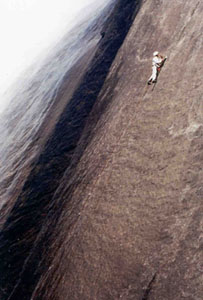
|
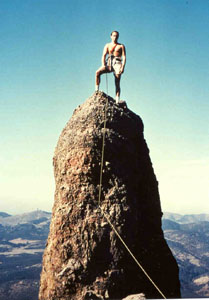
|

|
|
Confronting Reality
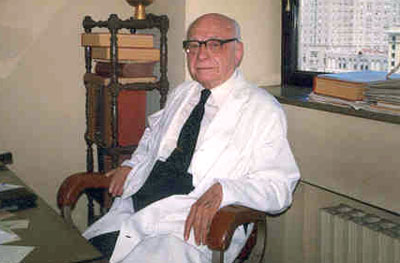 |
|
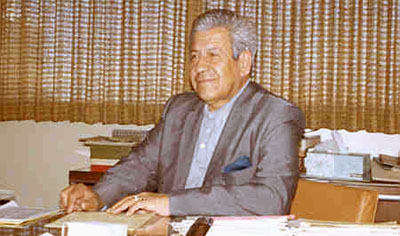
|
|
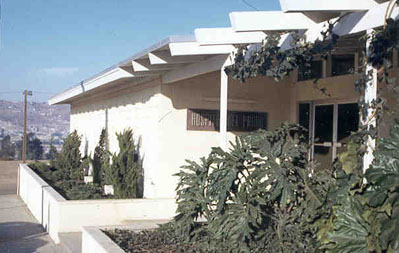
|
The small, elite hospital in Mexico where Lynn underwent SRS 1968
|